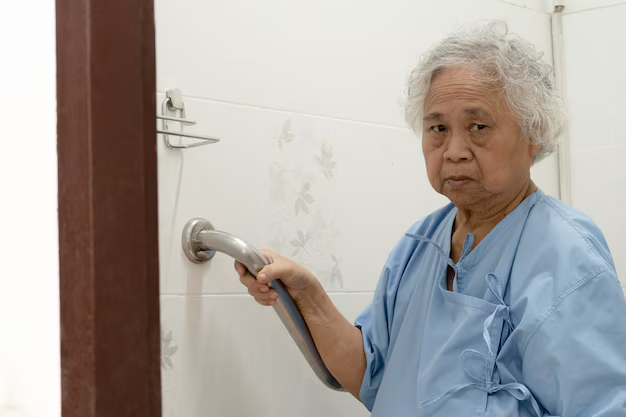Does Medicare Cover Incontinence Supplies? Here's What You Need to Know
When navigating the complexities of healthcare, especially as we age, understanding what costs are covered by Medicare can feel like tackling a labyrinth. One common concern is whether Medicare pays for incontinence supplies. Understanding this can be crucial for those dealing with such supplies on a daily basis—or for caregivers managing a loved one's needs.
Medicare's Stance on Incontinence Supplies
Firstly, it’s important to know that Original Medicare (Part A and Part B) generally does not cover the cost of incontinence supplies. This includes adult diapers and pads, as these are considered personal convenience items rather than medically necessary equipment or services. However, that doesn't mean all hope is lost. Some Medicare Advantage Plans (Part C) might offer coverage for these supplies because they come with additional benefits beyond Original Medicare. It is essential to contact your plan provider to confirm specific coverage details.
Exploring Alternative Coverage Options
If Medicare doesn't provide the coverage you need, there are other avenues to consider that might ease the financial burden:
Medicaid: For eligible low-income individuals, Medicaid may offer coverage for incontinence products. Eligibility and coverage can vary widely from state to state, so contacting your local Medicaid office can provide direct insights and assistance.
State Assistance Programs: Some states offer specific programs for seniors or people with disabilities that cover medical equipment and supplies, including incontinence products. Research what your state provides and how to apply.
Non-Profit Organizations: Various non-profit organizations are dedicated to helping individuals access incontinence supplies. Certain charities offer diapers and pads to those in need, often at no cost.
Leveraging Financial Assistance Resources
While exploring these options, you might find yourself seeking further financial assistance. Here are some broader financial aid paths that could relieve the monetary strains:
Government Aid Programs: Outside of Medicaid, look into additional assistance programs like the Supplemental Nutrition Assistance Program (SNAP) or the Low-Income Home Energy Assistance Program (LIHEAP), which might help redirect other household funds toward healthcare expenses.
Debt Relief Options: If medical costs are overwhelming, consider speaking with a debt relief expert. They can provide insights into managing medical debt more effectively, potentially lowering the overall financial burden.
Credit Card Solutions: Some credit cards offer special financing options for healthcare expenses, such as lower interest rates or zero-interest for a set period. This can offer immediate relief, but it is vital to ensure terms are financially manageable in the long run.
Educational Grants and Workshops: Knowledge is power. Consider attending workshops or online courses on healthcare finance management. These can empower you with tips on budgeting, reducing costs, and accessing available resources.
Navigating Medicare's coverage landscape requires patience and sometimes creative problem-solving. By understanding your options, you can make informed decisions that ensure you or your loved one has access to necessary incontinence supplies without undue financial strain. Keep exploring, and remember, assistance is available for those who seek it.
Financial Assistance Resources and Options
💸 Medicaid: State-run programs that may cover incontinence supplies for eligible individuals.
🏢 Non-Profits: Organizations like the Diaper Bank Network provide supplies no cost.
🏛️ State Assistance Programs: Each state may offer unique support options for residents.
📞 Debt Relief Experts: Consultation services to manage and reduce medical debt effectively.
💳 Credit Card Solutions: Cards with special financing for health-related expenses.
🎓 Educational Workshops: Course offerings on healthcare budgeting and resource maximization.
Explore these avenues to ease the pressure of healthcare costs, ensuring dignity and comfort remain intact.

Related Topics
- Am I Elgible For Medicare
- Am I Enrolled In Medicare
- Am I Qualified For Medicare
- Are Adult Diapers Covered By Medicare
- Are Chemotherapy Drugs Covered By Medicare Part d
- Are Colonoscopies Covered By Medicare
- Are Covid Tests Covered By Medicare
- Are Cpap Machines Covered By Medicare
- Are Cpap Supplies Covered By Medicare
- Are Dental Implants Covered By Medicare